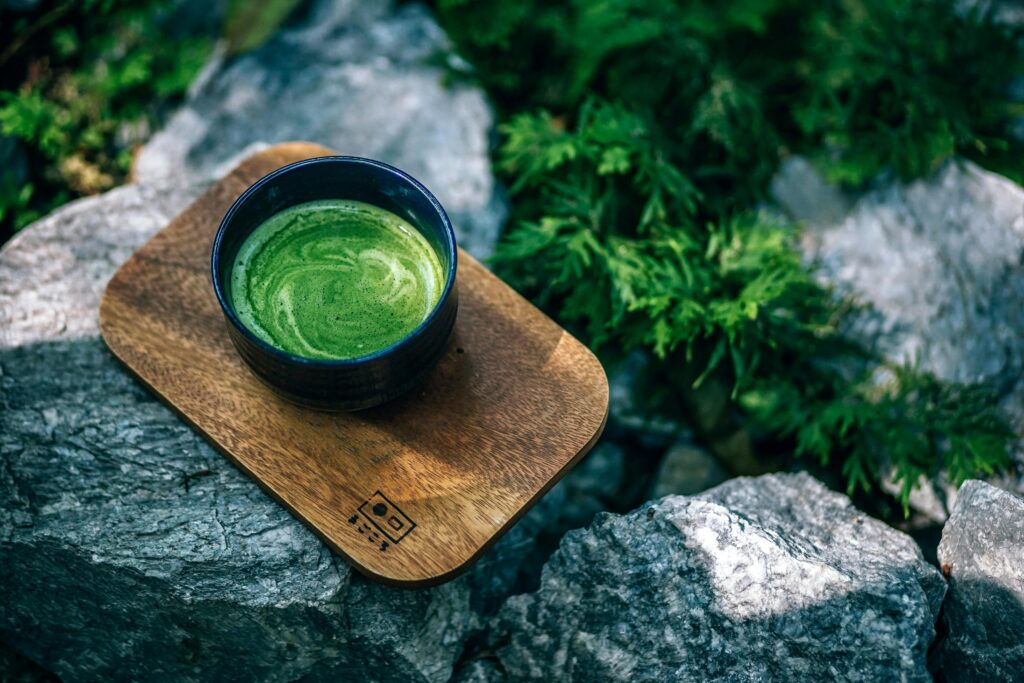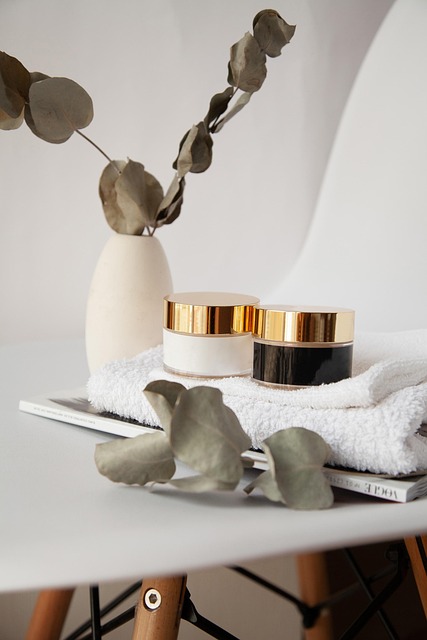
There’s something serene about matcha—the color, the ritual, the way it invites you to slow down. But before you dive into the world of whisking and sipping, let’s start with the basics. This is your no-fluff, beginner-friendly guide to everything matcha.
🌿 What Is Matcha?
Matcha is a finely ground powder made from specially grown green tea leaves, traditionally used in Japanese tea ceremonies. Unlike regular green tea (where you steep and discard the leaves), with matcha, you consume the whole leaf. That means more antioxidants, more flavor, and more energy.
Think of it as green tea’s elegant, concentrated cousin—richer in nutrients and deeply grounding.
🍃 Ceremonial vs. Culinary Grade: What’s the Difference?
There are two main types of matcha you’ll find:
🫖 Ceremonial Grade
- Made from the youngest tea leaves
- Vivid green color
- Smooth, naturally sweet flavor
- Best for drinking (latte or traditional style)
- Slightly more expensive
🥣 Culinary Grade
- Made from older leaves
- Slightly duller in color
- More bitter and earthy
- Best for baking, smoothies, or recipes
- Budget-friendly and versatile
Tip: For your first sip, always go with ceremonial grade. The experience is smoother and far more enjoyable.
🌱 How Is Matcha Made?
Matcha’s beauty lies in its process. Here’s a simplified version:
- Tea leaves are shade-grown for 3–4 weeks before harvest to boost chlorophyll (that bright green color!) and amino acids.
- Only the softest, youngest leaves are picked.
- The stems and veins are removed.
- The leaves are stone-ground slowly into fine powder.
This care and precision make matcha both potent and precious.
🧊 How to Store Matcha Properly
Matcha is delicate—treat it like skincare for your body.
✅ Do:
- Store it in an airtight container
- Keep it in the fridge after opening
- Use a dry spoon every time
❌ Don’t:
- Leave it in sunlight or heat
- Expose it to air or moisture
- Store it near strong-smelling items (it absorbs odors!)
When stored well, your matcha can stay fresh and vibrant for 1–2 months.
🛒 Quick Buying Guide for Beginners
If you’re about to buy your first matcha, here’s what to look for:
✔ Bright, vibrant green color (dull = old or low quality)
✔ Fine, silky powder texture
✔ Origin: Look for Japanese matcha (Uji, Nishio, or Kyoto are best)
✔ Short ingredient list: It should say 100% green tea powder
✔ Sealed, opaque packaging to protect from light
You don’t need to spend a fortune—but don’t go for the cheapest tin either. Aim for balance.
💚 Final Thoughts
Your matcha journey doesn’t need to be complicated. Begin with the basics, find your flavor, and make it a little ritual you return to—whether it’s a morning latte, a journaling companion, or a midday pause.
Your first sip is just the beginning. ☁️
Coming next: A full step-by-step guide to making the perfect matcha latte at home (with both hot and iced versions!) 💌 Subscribe or follow along @theprettyreset for more gentle routines, cozy rituals, and beginner wellness.

